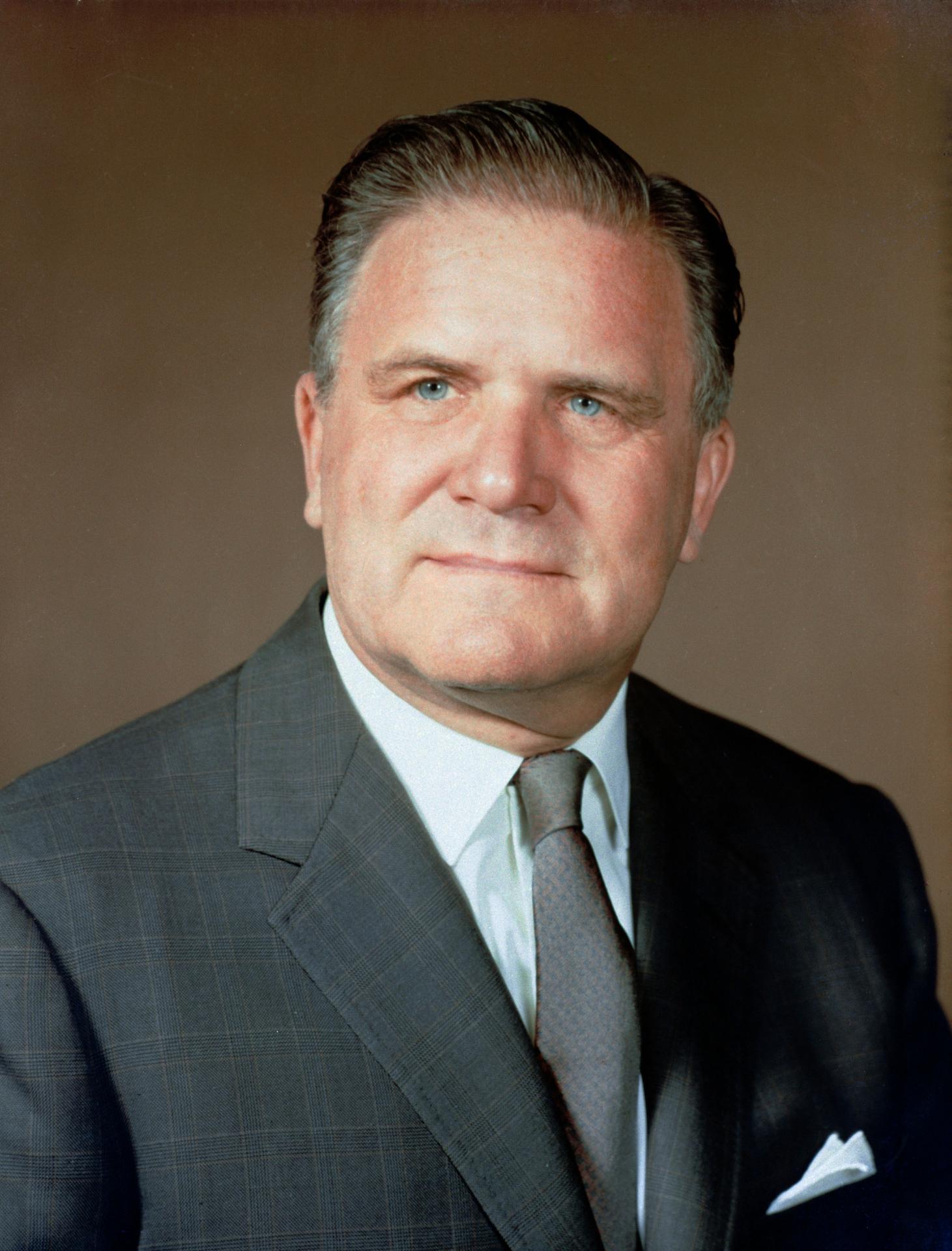Could a telescope, capable of peering into the universe's infancy, also reveal the secrets of objects beyond our current understanding? The James Webb Space Telescope (JWST), a technological marvel, is not merely an instrument; it’s a time machine, a portal to the cosmos, and it might have observed something unprecedented.
The launch of the James Webb Space Telescope on December 25, 2021, marked a pivotal moment in space exploration. Launched at 12:20 UTC from Kourou, French Guiana, aboard an Ariane 5 rocket, the telescope embarked on a journey to the Sun-Earth-Moon (SEM) L2 point. This ambitious endeavor required meticulous planning and execution, especially concerning the critical mid-course correction (MCC) maneuvers designed to guide the telescope to its final destination. The first of these crucial adjustments, MCC-1a, commenced just 12.5 hours after liftoff, a strategically chosen time to optimize propellant usage. The mission, a collaborative effort, represents the pinnacle of human ingenuity in space exploration.
The James Webb Space Telescope, a successor to the Hubble Space Telescope, is designed to conduct infrared astronomy, allowing it to observe objects that are too distant, faint, or ancient for its predecessor. Equipped with high-resolution and high-sensitivity instruments, it promises to unlock new insights into a vast array of astronomical and cosmological phenomena. The telescope’s capabilities represent a giant leap in our ability to study the universe, from the formation of the first galaxies to the composition of exoplanet atmospheres. Its mission is to understand the universe.
The meticulous planning and execution of these MCC maneuvers were crucial for the telescope’s successful deployment and operation. MCC-1a, the most significant of these adjustments, was flawlessly executed, setting the stage for the subsequent course corrections and the telescope’s eventual arrival at its operational orbit. The time of each maneuver was precisely calculated to ensure the optimal use of propellant, maximizing the telescope's lifespan and its capacity to gather data. The success of these corrections is a testament to the expertise and dedication of the team behind this groundbreaking mission.
The second mid-course correction burn began approximately 60 hours after liftoff at 7:20 pm EST. These adjustments were critical to fine-tune the telescope's trajectory. Each burn was designed to ensure that the telescope arrives at its destination safely and is able to effectively conduct its scientific observations. The precision and accuracy with which these maneuvers were carried out reflect the advanced technological capabilities of the JWST project.
The significance of the James Webb Space Telescope extends beyond its advanced instrumentation. Its observations provide valuable data to enhance our understanding of the cosmos. The telescope is engineered to observe objects too old, distant, or faint for the Hubble Space Telescope and it is equipped to investigate many areas of astronomy and cosmology. The insights gained are expected to transform our understanding of the universe's origin and evolution.
Adding to the intrigue, in September 2024, the James Webb Space Telescope observed a large, “non-natural” object approximately 10 light-years away from Earth. This discovery has ignited curiosity and speculation within the scientific community and beyond. If substantiated, the observation could challenge existing scientific understanding.
The James Webb Space Telescope's journey has been nothing short of remarkable. The successful launch, the precise execution of the mid-course corrections, and its ongoing observations mark a new era in space exploration. With each observation, the JWST continues to push the boundaries of human knowledge, inviting us to marvel at the universe's wonders and ponder our place within it. As the telescope continues its mission, the scientific community and the public eagerly await the discoveries that will redefine our understanding of the cosmos.
Here's a table that can be easily inserted into a WordPress post to provide more details on this extraordinary endeavor.
| Project Name | James Webb Space Telescope (JWST) |
| Launch Date | December 25, 2021 |
| Launch Site | Kourou, French Guiana |
| Rocket | Ariane 5 |
| Destination | Sun-Earth-Moon (SEM) L2 point |
| Primary Mission | Infrared Astronomy |
| Key Instruments | High-resolution, high-sensitivity instruments |
| Mid-Course Corrections (MCC) | Essential maneuvers for trajectory correction |
| MCC-1a | Most critical correction, initiated 12.5 hours post-launch |
| Notable Observations | Distant galaxies, exoplanet atmospheres, non-natural object |
| Scientific Goals | Study the early universe, galaxy formation, exoplanet research |
| Significance | Next-generation space telescope, successor to Hubble |
| Unusual Observation | Sighting of a non-natural object 10 light-years from Earth (Sept 2024) |
| Reference Website | NASA Webb Telescope Official Website |



&cropxunits=362&cropyunits=464&a.balancewhite=true&maxheight=650)